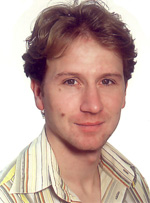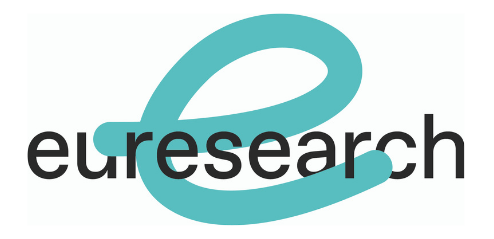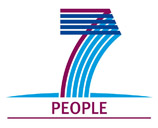Abstract
Higher plants respond to a change in light quality – indicative of competition from other plants – by eliciting a range of adaptations summarized under the term Shade Avoidance Syndrome (SAS). These action responses include e.g. increased elongation of organs (e.g. hypocotyls, stems), a decrease in leaf surface, a more erect leaf position, rapid changes in gene expression and an accelerated transition to flowering.
Our molecular understanding of SAS mostly comes from studies in Arabidopsis thaliana but numerous questions remain unanswered. Most SAS studies were performed in young seedlings but the role of many SAS regulators in more adult plants remains poorly characterized. In order to extent our understanding of SAS the following issues are addressed in the proposed project:
- SAS traits will be measured (phenotyped) on rosette stage plants using a custom built high-throughput phenotyping device (Scanalyzer HTS) as well as in young seedlings.
- The SAS includes a number of physiological adaptations in different organs and different growth stages. To determine the extent to which regulators of the SAS are involved in shade avoidance we will phenotype selected mutants with a defective response to shade such as pif4, pif5, and sav3.
- It has been proposed that PIF4/PIF5 and SAV3 act in different pathways. To test this hypothesis we will phenotype pif4, pif5, sav3 and associated double/triple mutants.
- Natural variation in shade avoidance will be assessed by phenotyping a collection of field-collected Arabidopsi s
accessions.
- SAS traits measured in those accessions will further be exploited by a Genome-wide association (GWA) study to identify genetic loci that control SAS and may underlie adaptation to their local environment. In consequence, the GWA could lead to unravel the function of known and novel regulators of SAS, which in turn should contribute to a better understanding of the SAS regulatory network in different organs and developmental stages.



